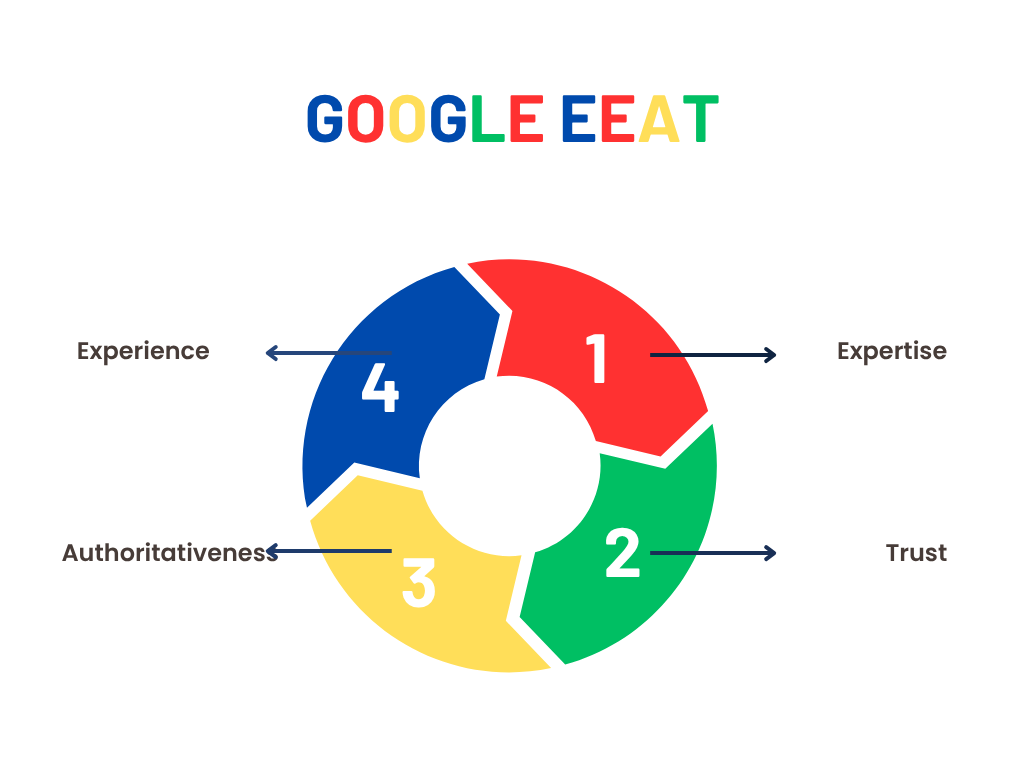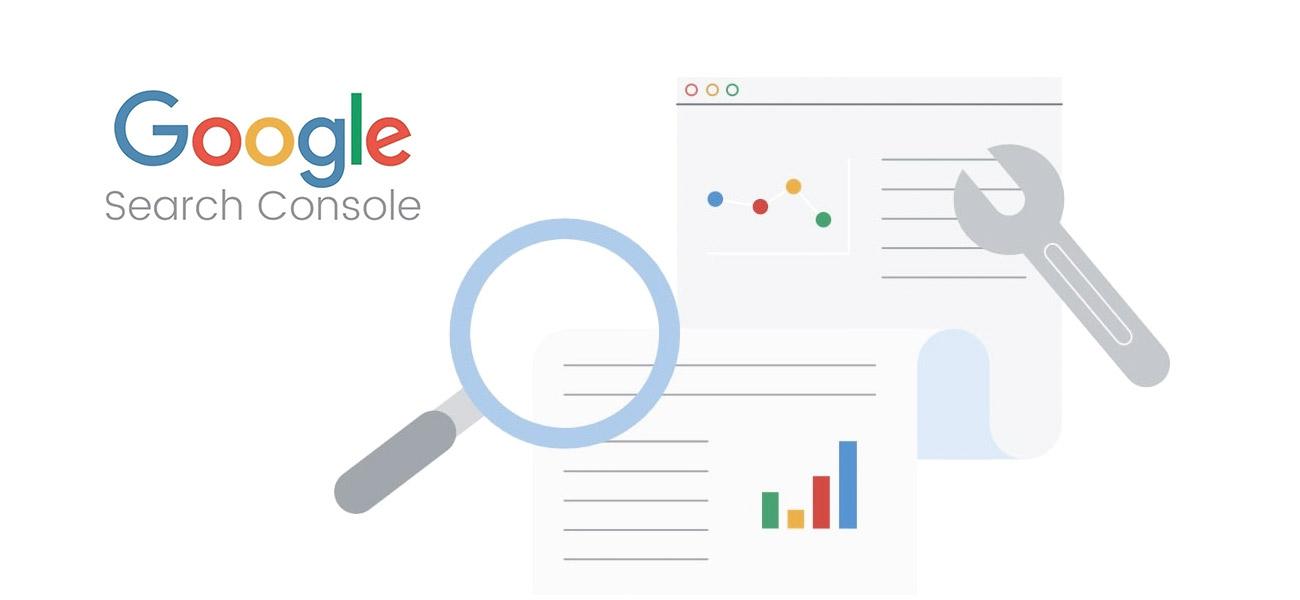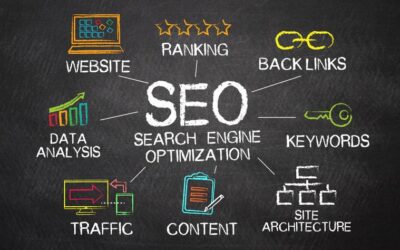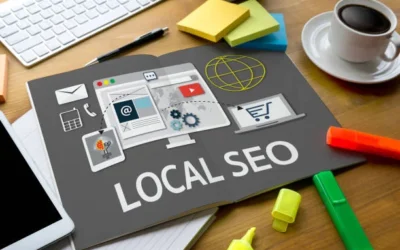June 2025 Google Update: SEO Impact
Table of Contents:
- Introduction
- What Is the June 2025 Google Update?
- Why Google Launched This Update
- Core Changes from the Google Algorithm Update 2025
- 5 Common Questions Answered
- Step-by-Step: How to Adapt Your SEO
- Who Was Most Affected? Winners and Losers
- What This Means for the Future of SEO
- Final Thoughts
- Call to Action – Partner with Excell
Introduction
The June 2025 Google algorithm update has disrupted the SEO space once again. From major ranking shifts to an overhaul in how trust and relevance are measured, Google’s latest move has sparked questions across industries. Traffic has plummeted for some, while others have seen massive organic visibility gains.
This blog will help you understand exactly what changed, what you need to fix, and how to future-proof your SEO strategy. Whether you’re a content marketer, business owner, or SEO professional, knowing how to respond to this update can make or break your visibility in the second half of 2025.
What Is the June 2025 Google Update?
The June 2025 Google algorithm update, officially categorized as a broad core update, was gradually rolled out from June 5 through June 28, 2025, and represents one of the most substantial changes to Google’s search ranking systems in recent years. Unlike minor algorithmic adjustments that target isolated issues, such as mobile responsiveness, spammy backlinks, or page experience, a broad core update affects the entire search index. It recalibrates how Google evaluates and ranks all content across the web.
This update wasn’t aimed at penalizing specific websites. Instead, it’s Google’s way of reassessing the relative quality of content across the internet. In essence, it changes the weighting of existing ranking factors and introduces new dimensions of analysis. That’s why rankings may shift even for pages that haven’t changed at all. The algorithm now interprets their value differently in comparison to others.
The Update’s Central Goal: Serve More Helpful and Trustworthy Content
Google stated that the primary mission of this update is to improve the usefulness, trustworthiness, and relevancy of search results for users. Over the years, Google has faced increasing criticism regarding search results becoming saturated with generic, templated, or AI-generated content that offers little depth or practical insight. With this update, the company is doubling down on its commitment to show searchers the most authoritative, original, and people-first content possible.
Key Areas of Focus in the June 2025 Update
This core update concentrated on five key pillars, each of which is reshaping how SEO professionals approach content creation and optimization:
1. Search Intent Matching
One of the most critical components of the update is Google’s enhanced ability to interpret user intent. Rather than just focusing on keywords, the algorithm now aims to understand what users are trying to achieve when they type a query, whether they’re looking to learn, buy, compare, or troubleshoot.
For example, if someone searches for “best running shoes for flat feet,” Google will now emphasize content that:
- Reviews shoes specifically for people with flat feet
- Explains how arch support affects performance
- Includes sizing or gait analysis tips from real users or podiatrists
Simply listing “top 10 running shoes” without addressing the unique needs of flat-footed runners is no longer sufficient.
This advancement is powered by Semantic Intent Modeling (SIM+), a deep learning model that builds on Google’s BERT and MUM technologies to parse the emotional and contextual nuances of queries.
2. E-E-A-T (Experience, Expertise, Authoritativeness, Trustworthiness)

- First-hand experience with the subject matter
- Recognized expertise, such as certifications, credentials, or degrees
- Authority, earned through citations, backlinks, and brand recognition
- Trustworthiness, reflected in transparency, privacy, and editorial standards
Websites that invest in real authors, visible credentials, and proper sourcing are now ranking significantly higher, especially in YMYL (Your Money or Your Life) niches like health, finance, and law.
3. User Engagement Behavior
Google is also putting more emphasis on how users interact with your website, not just what’s on the page. Behavioral metrics such as:
- Time on page
- Bounce rate
- Scroll depth
- Click-through rate (CTR)
- Return visits
This shift reflects Google’s push to measure actual content satisfaction, not just metadata and links.
4. AI Content Detection and Devaluation
As AI-generated content proliferated across the web between 2023 and 2025, Google responded with new tools to assess the originality and human value of content. The June 2025 update introduces AI Detection 2.0, which doesn’t just flag content that “looks like it came from a language model.” It goes deeper.
It evaluates:
- Repetitive sentence structures and predictability
- Absence of new insights, perspectives, or personal anecdotes
- Shallow overviews that don’t satisfy in-depth queries
- Lack of editorial voice or emotion
Content that was lazily produced through AI without meaningful human input or oversight is now being devalued in rankings. However, it’s essential to note that Google is not banning AI-generated content. The key issues are quality, originality, and usefulness, not the tool used to create it.
5. Real-World Authorship Signals
This update also pushes for transparent authorship. Pages that list a byline, include a short bio, link to a professional profile (like LinkedIn), and cite the author’s experience are performing better in search.
Anonymous content, especially on sensitive topics, is now viewed with skepticism by Google’s systems. Including author schema, review markup, and citations from other trustworthy sites helps reinforce authenticity.
For example:
- A legal blog post authored by “Jane Smith, JD – Licensed Texas Attorney” is more likely to rank than a similar article with no author listed.
- A fitness article reviewed by a certified personal trainer will outrank a generic AI-written post with no human input.
Why Google Launched This Update
So why now? The reasons are clear when we look at the larger picture.
1. AI Content Proliferation
With the rise of ChatGPT, Bard, Claude, and other LLMs, the internet has become saturated with content. While AI has created opportunities for efficiency, it’s also led to a flood of low-value, repetitive articles. Google is cracking down on this trend by promoting originality and discouraging mass automation.
2. Decline in Search Satisfaction
User trust in organic results has dipped. A 2024 study revealed that 42% of users didn’t find what they needed in the top 3 search results. Google was required to act, and the June 2025 update was a significant response.
3. Emphasis on Real-World Expertise
Core Changes from the Google Algorithm Update 2025
Now let’s dive into the actual mechanics. Here’s what changed in Google’s algorithm.
1. Enhanced Intent Matching
The update introduced Semantic Intent Modeling (SIM+), an advanced NLP system that understands why users search, not just what they type. This makes traditional keyword stuffing nearly obsolete. It rewards pages that:
- Answer real user questions
- Provide context and clarification
- Align with different stages of the buyer’s journey
For example, ranking for “how to invest in 2025” now requires tailored advice based on risk profile, age, and location, not just a recycled listicle.
2. Author Verification and Content Provenance

- Articles with author bios
- Linked social media or LinkedIn profiles
- Citations of real-world experience (especially for legal, medical, or financial topics)
This is a significant win for consultants, lawyers, doctors, and subject matter experts who write or review their content.
3. AI Detection 2.0
Google’s AI detector has evolved. It no longer simply flags content generated by tools like ChatGPT; it now considers:
- Content structure
- Sentence flow
- Repetitive phrasing
- Lack of narrative or emotional tone
This means even well-written AI content can fail if it doesn’t show originality or insight.
4. Updated UX and Behavioral Signals
User behavior now plays a bigger role. Google’s ranking model uses:
- Bounce rates
- Time on page
- Scroll depth
- Click-through rates (CTR)
5 Common Questions Answered
To help you make sense of the update, here are five key questions SEO professionals have been asking since early July.
1. Will AI-generated content be penalized?
Not automatically. Google’s goal is to devalue low-quality content, not to attack AI itself. If your AI content:
- Contains facts
- Includes first-hand experience
- Engages readers
…it can still rank. However, if your page is 100% AI-written, generic, and unedited, you can expect lower performance.
2. Are backlinks less critical now?
Yes and no. Quality backlinks still matter, but Google is devaluing:
- Guest post farms
- Link exchanges
- Footer and sidebar links
Instead, editorial links from trusted sites, brand mentions, and contextual in-content links have become more critical.
3. What about small websites? Do they have a chance now?
Absolutely. This update is leveling the playing field. Many small niche sites with fewer backlinks but highly focused, well-written content are now outranking major publishers who relied on brand equity and mass production.
4. How long will the update affect rankings?
The update finished rolling out in late June, but SEO volatility may continue through August 2025. Google typically needs 6–8 weeks post-rollout for recalibration.
Use this time to monitor analytics and conduct A/B tests with:
- Title tags
- Meta descriptions
- CTA placement
- Image optimization
Top-performing content now includes:
- Expert interviews
- First-hand reviews or tutorials
- Community-driven forums
- Niche FAQs with schema
- Local guides or maps-based resources
Step-by-Step: How to Adapt Your SEO
Here’s a tactical roadmap to help you survive and thrive after the update.
Step 1: Audit Your Content

Use Google Search Console and Ahrefs to identify:
- Pages with traffic drops
- Posts with outdated content or zero engagement
- Blog posts without a clear author or byline
Mark these for rewriting or reformatting.
Step 2: Add or Update Author Bylines
Make sure every piece of content shows:
- Author name
- Short bio
- Qualifications or credentials
- Links to their social or website
Use schema markup (e.g., Author, Person, Review, Article) to enhance crawlability and improve search engine visibility.
Step 3: Improve Dwell Time and Page Interaction
Boost engagement with:
- Subheadings and bullet lists
- Internal links and sidebar navigation
- Videos or podcast embeds
- Polls or quizzes
If you use AI, always:
- Edit for tone and clarity
- Add your insights or data
- Include quotes from real people
This signals effort, originality, and trust, which Google values highly.
Step 5: Go Deeper into User Intent
Rather than answering broad questions like “how to save money,” go further:
- “How to save money as a single parent in California”
- “Money-saving tips for freelancers with unpredictable income.”
Who Was Most Affected? Winners and Losers
Let’s look at the industries hit hardest by the Google algorithm update 2025 and how each was affected:
Health websites were among the most severely impacted. Google enforced its YMYL (Your Money or Your Life) policies more strictly than ever, prioritizing content written by credentialed medical professionals. Blogs offering health advice without verified authorship or source citations saw dramatic ranking losses.
Finance sites also experienced major disruptions. Thin affiliate content and generalized financial advice pages were heavily devalued. In contrast, financial advisors with certifications (like CFPs) who authored or reviewed content saw substantial ranking gains.
The legal industry wasn’t spared either. Law-related content without clear authorship from bar-certified attorneys experienced a significant drop in rankings. Legal firms that had been publishing generic, AI-assisted content lost visibility, while those offering authored legal insights improved.
In e-commerce, product pages without user reviews, structured data, or engaging content saw declining performance. Google’s algorithm now favors product listings that feature testimonials, FAQs, and interactive elements.
The technology and SaaS sector saw mixed results. Developer-focused content, hands-on tutorials, and technical guides performed well. However, general listicles or feature overviews with little depth were downgraded.
In education, blogs by verified teachers, professors, and experts gained authority. Content that lacked transparency in authorship or credentials fell behind.
Lastly, news and media websites underwent significant changes. Political and health reporting experienced significant volatility, particularly for outlets lacking proper sourcing or disseminating sensationalist content. Trustworthiness and citation of primary sources became crucial.
What This Means for the Future of SEO
This update is a glimpse into the future of Google Search. Based on what we’ve learned, here’s where SEO is heading:
1. Human Experience Will Outrank AI Speed
In the race to publish more, those who focus on user experience, storytelling, and actionable insights will dominate.
2. Search Will Get Hyper-Personalized
Google’s goal is to match content to the user:
- Location
- Device
- Search history
- Intent phase
To prepare, SEOs need to consider dynamic content, geo modifiers, and search journey mapping.
3. Topical Authority Will Trump Domain Authority
In 2026 and beyond, Google will favor topic specialists even if their domain is new over generalist blogs or outdated authority sites.
Your content strategy should build topical clusters using internal links, cornerstone pages, and expert commentary to enhance the relevance and authority of your content.
Final Thoughts
The June 2025 Google algorithm update serves as a reminder that SEO is no longer just a technical exercise. It’s about earning trust, delivering value, and staying connected to what people need.
Whether you were negatively impacted or want to adapt proactively, this update presents an opportunity to review and update outdated content, strengthen your brand’s authority, and put users at the center of your SEO strategy.
The next update is always around the corner, so make the changes now, while others are still playing catch-up.
Call to Action – Partner with Excell
Struggling to bounce back after the Google algorithm update 2025?
Need a team that blends technical SEO, content strategy, and user experience?

📞 Let’s talk. Contact us today and Book your free discovery call to get done for your services!
Contact us:
6420 Richmond Ave., Ste 470
Houston, TX, USA
Phone: +1 832-850-4292
Email: info@excellofficial.com







